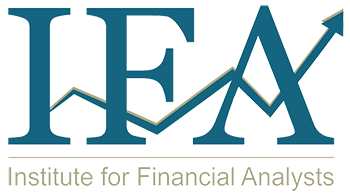The capital market line (CML) is created by combining the market portfolio as the optimal risky portfolio with the risk-free asset. The capital asset pricing model – CAPM also uses the market portfolio as a benchmark for a security return.
Theoretically, the market portfolio is a widely diversified pool that includes all tradable and investable risky assets (includes stocks, bonds, real estate, commodities, etc). The “market” should contain as many assets as possible. It is worth noting that it is not practical to include all assets in a single risky portfolio. Even though advancements in technology and interconnected markets have made it much easier to span the major equity markets, we are still not able to easily invest in other kinds of assets like bonds and real estate except in the most developed countries.
In a typical practice, a local or regional stock market index is used as a proxy for the market because of active trading in stocks and because a local or regional market is most visible to the local investors. The S&P 500 is commonly used by analysts as a benchmark for market performance throughout the United States. It however does not include non-US stock markets, bond markets, real estate, and many other asset classes.
A more comprehensive content for the concept will be available later.
We will include related examples and CFA questions that are also hyperlinked to the appropriate definitions.
